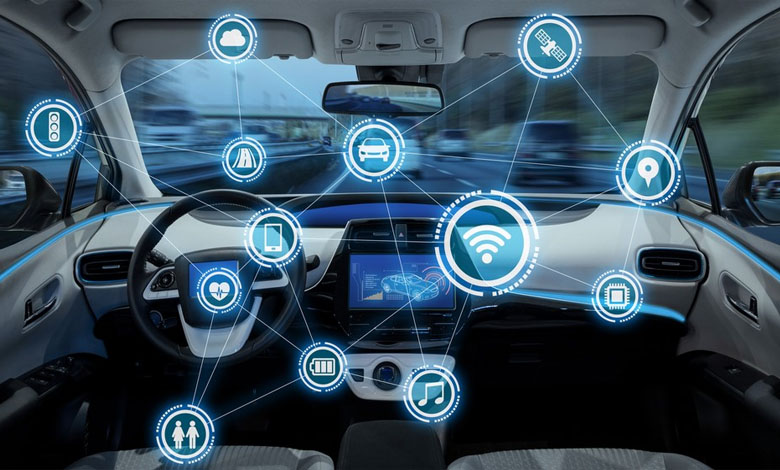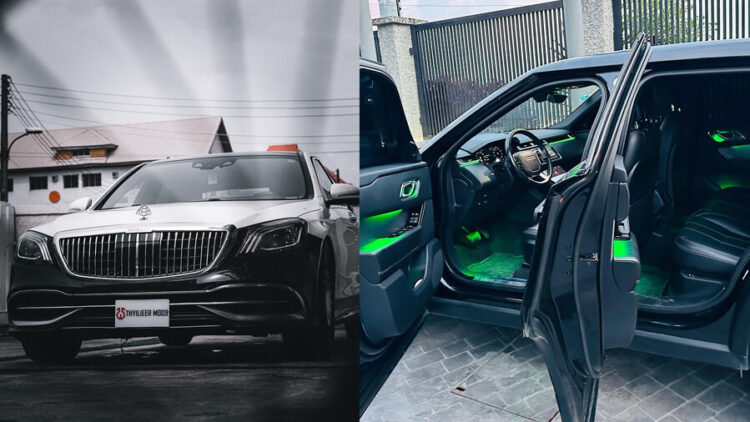Car safety systems are here now and are going nowhere. Almost every car in the market now has some form of advanced safety features included in them. Trying to navigate car safety systems can feel like learning a new language. What are they all about?
Table of Contents
Are they really necessary, or are they just extras? Look at advanced safety systems to decide what’s important for you.
The Insurance Institute for Highway Safety and the National Highway Traffic Safety Administration test cars and their safety systems. These are the advanced safety systems experts say are important:
The Safety Technology that Keeps You From Hitting Objects in Front of You

Forward collision warning (FCW): Forward collision warning can detect a potential collision and alert the driver. Vehicles can use cameras, lidar, and radar to do this. Different FCW systems alert the driver at different increments before the collision, so it’s worth being aware of the system you’re looking at.
Forward collision warning is becoming more common, and by 2022, twenty car manufacturers have vowed to make it a standard in all of their vehicles.
In conjunction with forward collision warning, automatic emergency braking can pre-charge the brakes once it detects a potential collision. Some AEB systems even apply the brakes if you don’t respond to the warning in time.
- City automatic emergency braking (CAEB): The vehicle will apply brakes automatically to avoid a collision at a city speed.
- High-speed automatic emergency braking (HAEB): Same as city automatic emergency braking, but at highway speeds.
- Pedestrian detection (PD): Pedestrian detection can detect pedestrians, and some can detect cyclists. PD uses sensors, cameras, and algorithms to determine whether a pedestrian is in (or about to be in) the vehicle’s path.
- Adaptive cruise control (ACC): Cruise control got an overhaul with ACC, which can keep a vehicle a safe distance from vehicles in front of it.
The Safety Features that Keep Your Car in Lane
- Lane departure warning (LDW): Lane departure warning uses cameras to monitor the vehicle’s position between road lines. If the cameras determine that the vehicle is straying across the lines and doesn’t have its turn signal on, it will alert the driver.
- Lane-keeping assistance (LKA): Some LDW systems will slightly adjust the car to keep it from crossing into other lanes.
- Lane centring assistance (LCA): Like LDW and LKA, lane centring assistance keeps you in your lane.
- Blind spot warning (BSW): Blind spot systems monitor blind spots. They alert the driver if a car is moving into their blind spot. Usually, the driver is signalled via a signal on or near the side mirrors. If the driver puts on the car’s direction when a car is in its blind spot, the vehicle may send the driver an alert.
Advanced Safety Features that Keep You From Hitting Things
Rear cross-traffic warning (RCTW): When a car is in reverse, a rear cross-traffic warning will alert the driver of cars approaching the side and rear of the vehicle.
Rear automatic emergency braking (RAEB): When a rear cross-traffic warning detects a potential collision while a vehicle is in reverse, rear automatic emergency braking will put on brakes automatically.
Conclusion
Car manufacturers have recognized the consumer demand for advanced safety systems. They’re responding by improving safety features. Also, they’re making advanced safety systems standard in more models and trims of cars.
Have 1 million naira and above to Buy or Sell Cars In Nigeria? Check carlots.ng
All rights reserved. Reproduction, publication, broadcasting, rewriting, or redistribution of this material and other digital content on carmart.ng is strictly prohibited without prior express written permission from Carmart Nigeria - Contact: [email protected]





